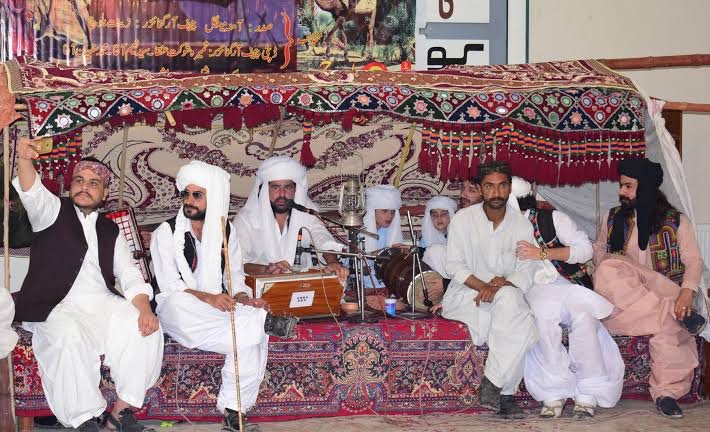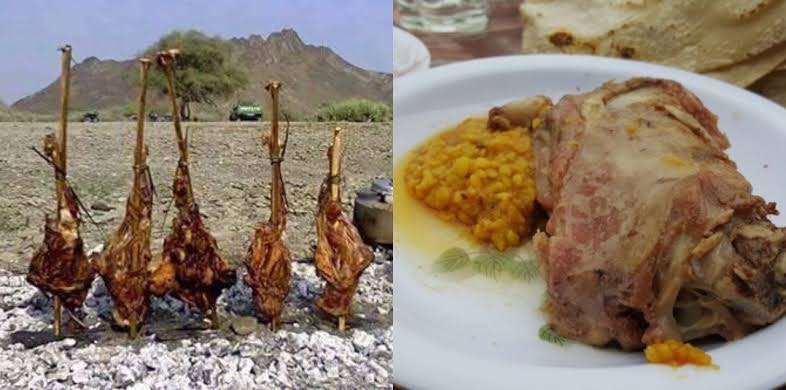TABLE OF CONTENT:
History of the Balochi People
Exploring the Rich Culture of the Balochi People
Balochi People: An Overview of Their History and Tribes
The Balochi people are one of the largest ethnic groups in the Middle East, with a population of approximately 15 million. They primarily inhabit Balochistan, a region spanning present-day Pakistan, Iran, and Afghanistan. The Balochi people are known for their unique culture, language, and history.

History of the Balochi People
The origins of the Balochi people are shrouded in mystery, with several theories suggesting different migration patterns and ancient civilizations. However, it is widely believed that the Balochi people have inhabited the region for more than a thousand years. The Balochi people have a rich and complex history, with numerous invasions, migrations, and cultural exchanges.
During the medieval period, the Balochi people were primarily nomads, moving from one region to another in search of pasture lands. However, in the 16th century, the Balochi people started settling in the Balochistan region, forming several independent tribal states. These tribal states were ruled by powerful chieftains who were responsible for maintaining law and order, settling disputes, and protecting their people.
In the 19th century, the British colonial administration established control over Balochistan, leading to a decline in the power and influence of the tribal leaders. However, the Balochi people continued to resist foreign rule, with several uprisings and revolts against the British, the Iranian government, and the Pakistani government.
Tribes of the Balochi People

The Balochi people are divided into several tribes, each with its own unique customs, traditions, and dialects. Some of the major tribes of the Balochi people include:
-
Bugti: The Bugti tribe is one of the largest and most powerful tribes of the Balochi people, inhabiting the Dera Bugti district of Balochistan. The Bugti tribe is known for its bravery and military prowess.
-
Marri: The Marri tribe is another major tribe of the Balochi people, inhabiting the Kohlu and Barkhan districts of Balochistan. The Marri tribe is known for its skilled agriculture, animal husbandry, and handicrafts.
-
Mengal: The Mengal tribe is one of the oldest and most prominent tribes of the Balochi people, inhabiting the Makran region of Balochistan. The Mengal tribe is known for its trade and commerce, with several members engaged in international business.
-
Raisani: The Raisani tribe is a smaller tribe of the Balochi people, inhabiting the Khuzdar and Kalat districts of Balochistan. The Raisani tribe is known for its religious piety and devotion.
-
Zehri: The Zehri tribe is another major tribe of the Balochi people, inhabiting the Jhal Magsi district of Balochistan. The Zehri tribe is known for its skilled handicrafts, including pottery, embroidery, and carpet weaving.
Exploring the Rich Culture of the Balochi People
The Balochi people are one of the largest ethnic groups in the Middle East and South Asia, with a population of around 15 million people spread across Iran, Pakistan, Afghanistan, and other countries. They have a rich culture that is deeply rooted in their history, traditions, and way of life. In this article, we'll take a closer look at the Balochi people and their unique culture.
History and Origins:
The Balochi people have a long and complex history that dates back to ancient times. They are believed to be descendants of the ancient Iranian tribes that inhabited the region. Over the centuries, the Balochi people have faced numerous challenges, including invasion, displacement, and persecution. However, they have managed to preserve their culture and traditions through it all.
Language and Literature:
The Balochi language is one of the oldest and most unique languages in the region. It is a member of the Iranian branch of the Indo-European family of languages. Balochi literature is also rich and diverse, with a long history of oral and written traditions. Balochi poetry is particularly famous for its beauty and complexity.
Cuisine:

Balochi cuisine is a reflection of the region's harsh climate and rugged terrain. It is characterized by the use of simple and hearty ingredients such as meat, grains, and vegetables. Some of the most popular Balochi dishes include Sajji (roasted lamb), Daal Chaawal (lentils and rice), and Khaddi Kebab (spicy minced meat).
Music and Dance:

Music and dance are an integral part of Balochi culture. The Balochi people have a rich tradition of music, with various musical instruments such as the sarod, the dambura, and the surnai. Balochi music is often accompanied by dance, which is performed in traditional costumes and with intricate footwork.
Dress and Fashion:

The Balochi people have a unique sense of style and fashion. Their traditional dress is colorful and vibrant, with intricate embroidery and patterns. The men wear long shirts and loose pants, while the women wear long dresses and headscarves. The Balochi people are also known for their love of jewelry, particularly silver and gold.
Conclusion
The Balochi people have a rich and complex history, with numerous cultural exchanges and migrations shaping their customs and traditions. The Balochi people have a strong sense of community and identity, with tribal affiliations playing a crucial role in their social and political lives. Understanding the history and tribes of the Balochi people is essential to appreciate their contributions to the cultural and social fabric of the Middle East.


You must be logged in to post a comment.